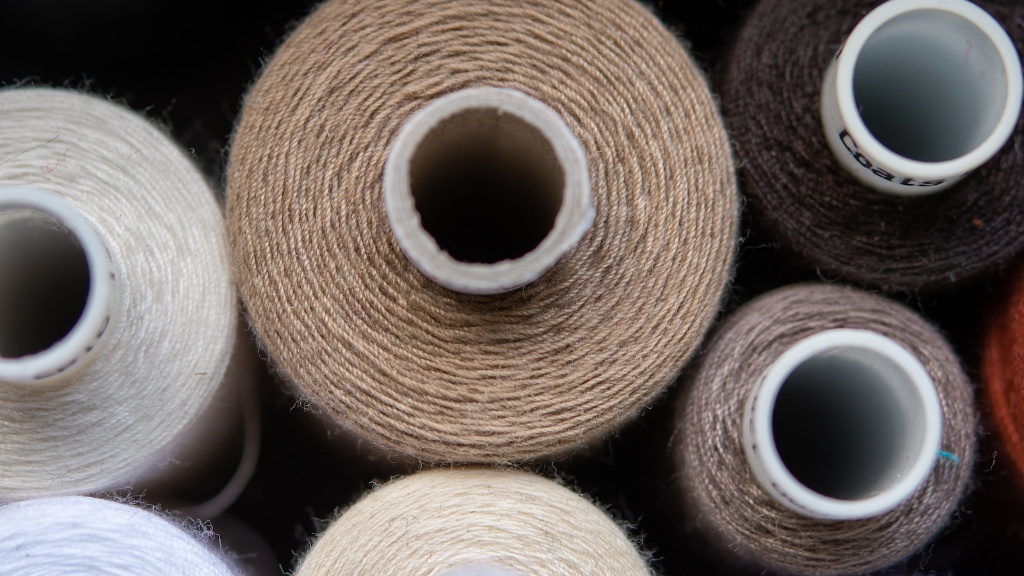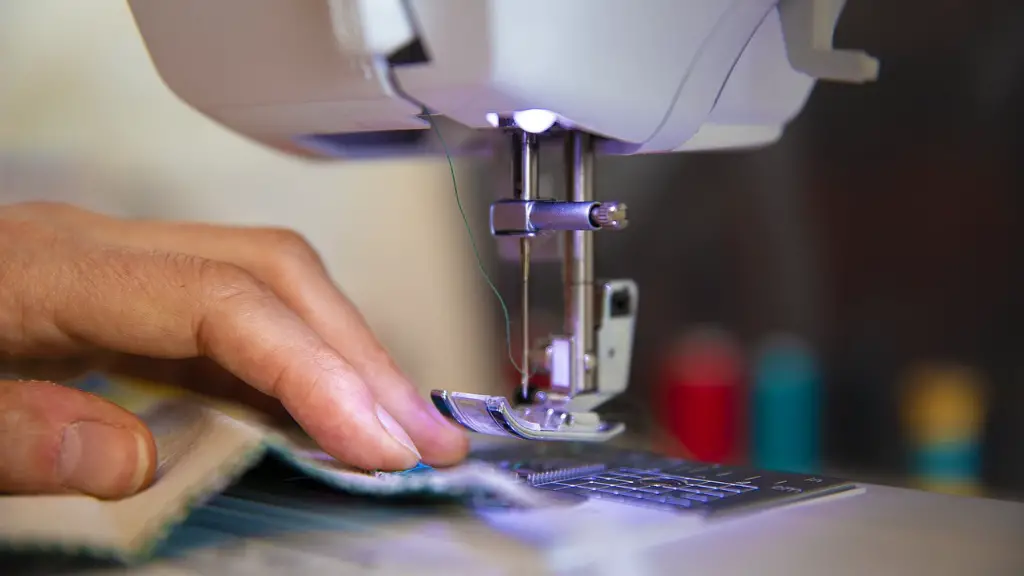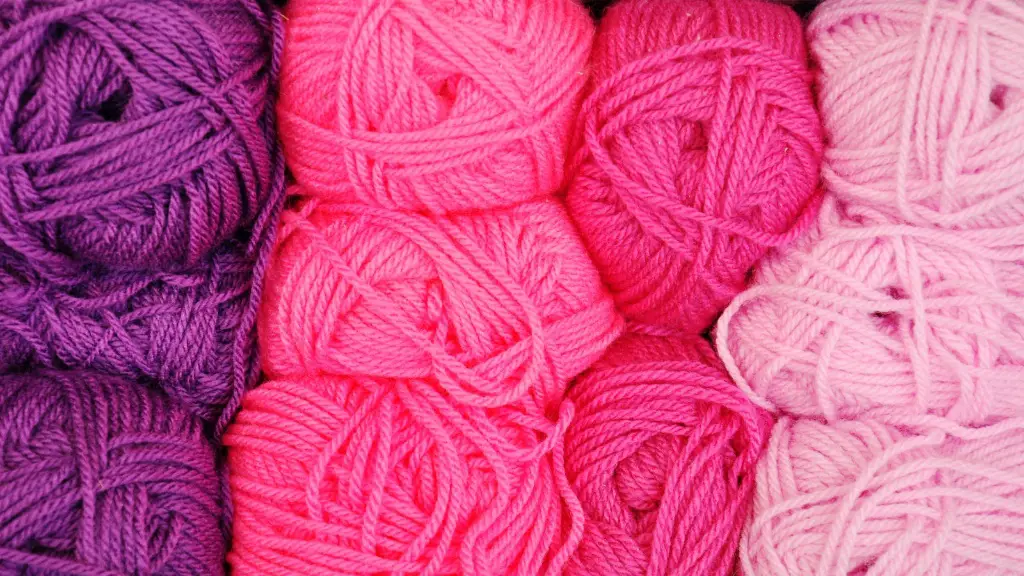The Basics of Sewing Paper
Sewing paper has become increasingly popular as a creative medium and also with businesses looking to add a unique look to their products. Sewing paper can add a beautiful texture to cards, scrapbooking, signage and almost any paper-based product. The process is relatively simple and the results look great.
What Sewing Machine to Use
The most important part of sewing paper is choosing an appropriate machine for the project. Since paper is a delicate material, you’ll want to use a sewing machine with a slow and steady speed. Look for machines that offer needle down and adjustable speed setting. Traditional mechanics machines are usually better for projects like this since they tend to be heavier, sturdier and the options for adjustment and control are more precise.
Thread and Needle
You’ll want to use light weight thread and thin needles when sewing paper. This is because paper is a delicate material and using too heavy a thread or needle can cause it to tear or rip. You’ll also want to use a long-arm piercing needle that penetrates the paper easily. Finally, make sure to use a non-waxed thread which will prevent any excess wax from sticking to the paper or thread.
Preparing the Paper
It is important to prepare the paper before you begin sewing. You should test out the type of paper you plan to use with your machine to make sure the paper will feed evenly. You should also make sure the paper is free of dirt and debris since this can cause paper jams. If the paper is particularly thick, you may want to score the paper first to prepare it for sewing.
Sewing the Paper
Once you’ve prepared the paper, you are ready to begin sewing. Start by threading the machine and setting the speed. You want a slow speed that will keep the paper from tearing or ripping. Start sewing from the back. Once you’ve finished sewing, use a piece of cardboard to push the paper away from the foot of the machine to prevent it from catching on the needle.
Finishing Tips
When sewing paper, it is important to take it slow and be patient. Don’t rush things or you may end up damaging the paper or the machine. Once you’ve finished sewing, allow the paper to cool before moving it and avoid touching the needle. It is also important to use the right needle and thread for the project and to prepare the paper before sewing.
Using a Sewing Machine for Fabric
Using a sewing machine to sew paper is relatively simple compared to sewing fabric. For fabric you’ll want to take extra precautions to make sure the fabric does not pucker, stretch or otherwise move out of place. You should also use a thicker thread and needle for fabric since it is a more durable material.
Differences Between Sewing Machine Feet Types
When sewing paper, it is important to use the right sewing machine foot. Standard presser feet are suitable for sewing paper, but they won’t be as precise as dedicated feet such as walking feet or evenin feed/walking feet. These feet provide extra support which helps ensure that the paper does not bunch, pucker or rip.
Caring for Your Sewing Machine
As with any machine, it is important to care for your sewing machine properly in order to keep it running smoothly and to prevent any damage. For paper projects, make sure to clean the machine regularly, replace worn needles and use the correct thread and needle for the project. In addition, you may want to periodically oil and maintain the machine to keep it in top condition.
Alternatives to Sewing Machines
Although sewing machines are the preferred tool for sewing paper, there are other ways to accomplish the same results. Cold glues, hot glue guns and even washi tape can be used to attach paper together and can provide different looks depending on the project. In addition, you could consider using a handheld stapler or even a staple gun, although these can leave holes in the paper and aren’t recommended for projects that will be seen or handled often.
Creating a Professional-Looking Finish
When sewing paper, it is important to take the time to make sure the finished product looks its best. This includes not only making sure the pattern or decoration lines up correctly, but also making sure the paper is cut accurately, that there are no loose threads, and that the paper is smooth and properly glued. Taking the extra time and care to create a professional-looking finish will ensure that the end result looks great.
Taking Precautions When Sewing
It is important to take a few precautions when sewing paper. The most important of these is to never leave a running machine unattended. This is especially true when working with delicate materials, as a loose thread or misaligned needle can cause major damage to the paper or the machine. In addition, it is important to wear safety glasses and gloves when sewing to protect yourself from any potential dangers.
Choosing the Right Projects
When choosing a project to sew on your machine, it is important to select a project that matches the capabilities of your machine. Some machines are better suited for heavier fabrics, while others can handle delicate materials such as paper. It is also important to consider the size of the project: if you are working on a large project, you may need to break it down into several smaller projects to ensure it is manageable.
Finding Inspiration and Ideas
If you’re new to the world of sewing paper, you may be feeling overwhelmed with where to start. It is always important to do research when tackling a new project and to find inspiration. Search for tutorials online, watch videos or look for tutorials on sites such as Pinterest. There is no shortage of ideas for sewing paper projects and you’ll likely find something that sparks your creativity.
Decorative Effects with Sewing Paper
Sewing paper can be used to create unique decorative effects. Combining different colors and textures of thread and paper can lead to interesting combinations and adding beads or sequins can add a sparkle to the finished product. Sewing paper can also be used to create patterns or shapes that can be cut out and used in different ways.
The Benefits of Sewing Paper
Sewing paper can add a unique and professional look to projects. The process is relatively simple and the results are often beautiful. Sewing paper can also help to save time as it eliminates the need to hand stitch or glue paper together. Sewing paper also creates a sturdier and more secure bond between two pieces of paper.
The Challenges of Sewing Paper
Sewing paper can be tricky since the material is usually delicate and can easily tear or rip. In addition, it is important to use the right needle and thread for a project since using the wrong ones can damage both the paper and the machine. It is also important to set the machine to the correct speed and to pay attention to the tension as you sew.
Where to Find Supplies for Sewing Paper
If you are looking for supplies for sewing paper, there are a few options. Craft or fabric stores often sell supplies such as thread, needles and machine accessories. In addition, you can find a variety of supplies online, including specialty items such as organic thread and beeswax. Finally, you may be able to find old sewing machines at flea markets and thrift stores.
Getting Help from Experts
If you find yourself feeling overwhelmed with a sewing project, it can be helpful to reach out for expert advice. Craft stores and fabric stores often offer classes and tutorials on sewing paper, or you can search online for sewing tutorials. You can also find online communities of experienced sewers who can provide advice and tips.




